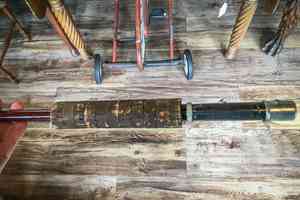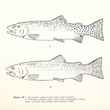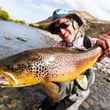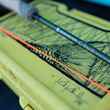When I first moved to eastern Idaho some 16 years ago, it was near the end of summer, and the guys at the fly shop were all atwitter about “Hopper Season.” A month later, the fly shop crowd splintered into two camps -- one was all worked up about steelhead on the Salmon River about four hours northwest and the other was dialing in on the fall brown trout runs on the South Fork and the Henry’s Fork.
As the year moved on, I heard about the blue-winged olive hatch on the South Fork during dark, unsettled days in November, and a second olive hatch sometime in the spring. Then the skwalas hatched on the Bitterroot and Rock Creek in March and April, and that was a drive worth taking.
I heard about an explosion of midge hatches on the Snake near Jackson that coincided with the cutthroat run up the river from the canyon, and if you could time it just right, it was the best time of the year to hook into a fat cutty on the river.



























